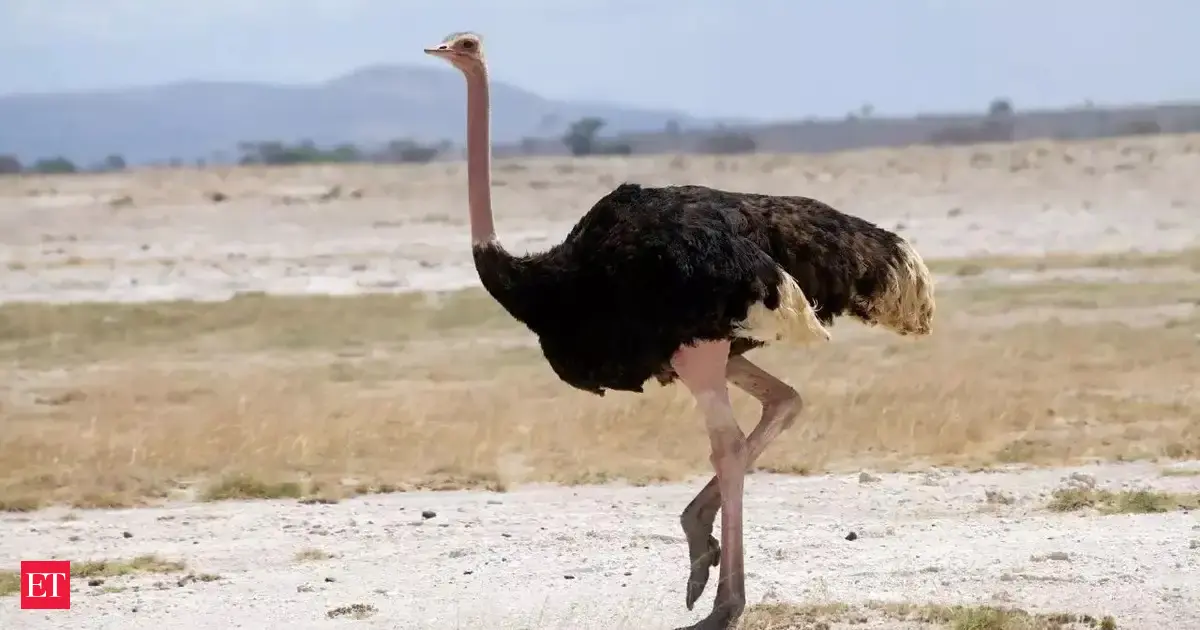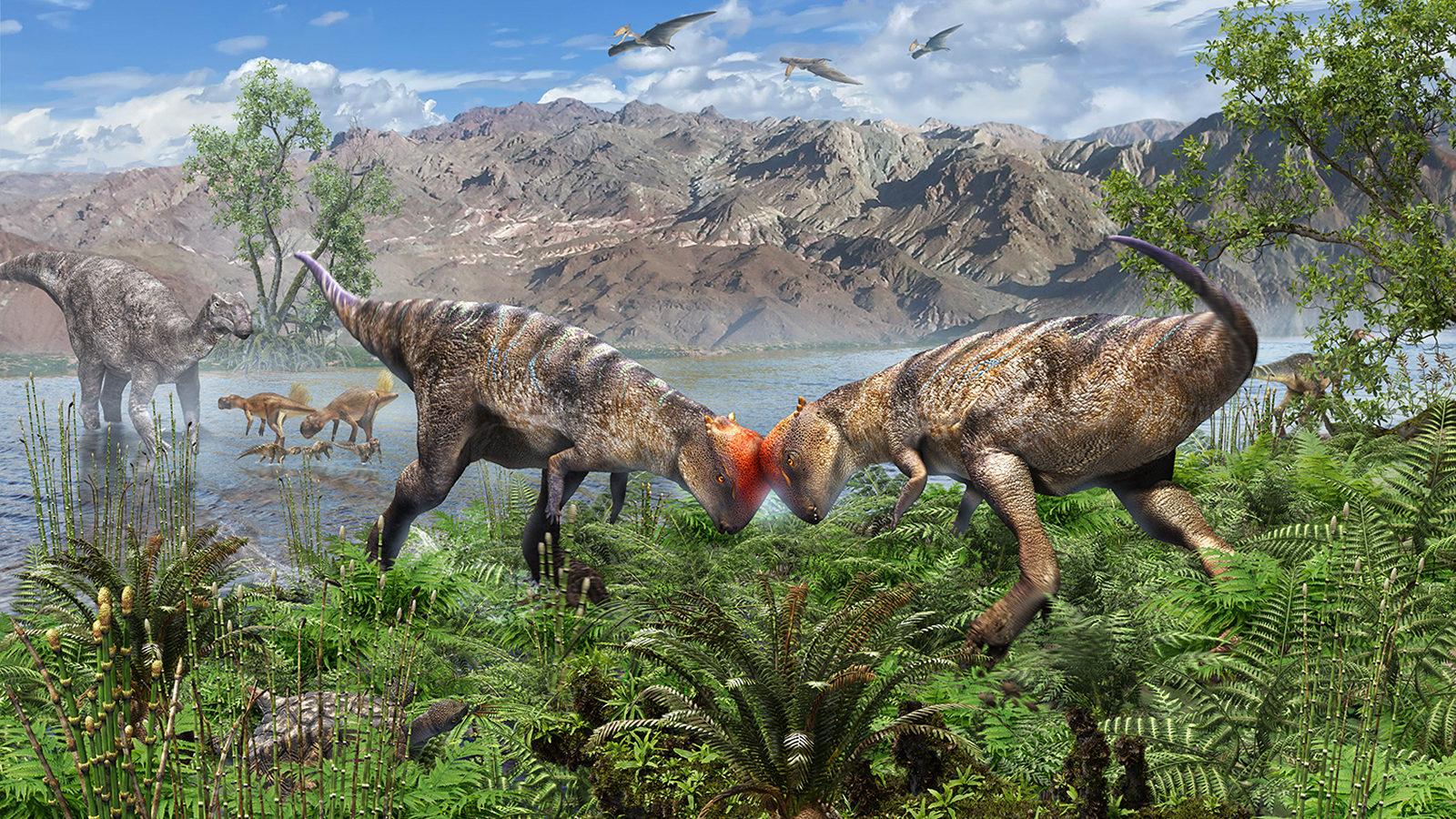By Advaita Suresh
Copyright indiatimes

Global Desk
Flightless birds like ostriches, emus, and rheas are spread in six continents, separated by vast oceans. How these large birds came to inhabit such distant places without the capability to flap and fly has long puzzled scientists. A recent study evaluating the fossils of their ancient ancestors indicates that these birds may have once been capable of long-distance flight, enabling them to reach isolated areas before evolving into huge, flightless species we see now.Early Hypotheses and Timing IssuesOne theory indicated that paleognath ancestors simply walked to these places when most of the planet was joined as the supercontinent Pangaea (320 million to 195 million years ago). After the landmass separation, the birds were already in place.However, this timeline conflicts with genetic proof. Pangaea had fragmented by approximately 195 million years ago, while the last common ancestor of paleognaths lived about 79.6 million years ago, with major lineages diverged between 70 million and 62 million years ago.Investigating Ancient FossilsKlara Widrig, a vertebrate zoologist at the Smithsonian National Museum of Natural History, examined a specimen of the ancient paleognath Lithornis promiscuous. Living roughly 59 to 56 million years ago, it is the oldest paleognath fossil discovered in pristine condition.Live Events”We can’t tell for sure if Lithornis was the direct ancestor of our living paleognaths — it is entirely possible that the true ancestor is yet to be discovered — but it represents our best guess as to what the ancestor would have looked like,” Widrig cited to Live Science.Flight Capabilities of Ancient PaleognathsOlder studies of Calciavis grandei, in regard to species, indicated that it could fly, but distances were undetermined. The recent study, published in Biology Letters, used three-dimensional geometric evaluation of the sternum (breastbone) of L. promiscuous to examine flight capability.”The sternum is very important for flight because that’s where the big pectoral flight muscles anchor,” Widrig mentioned. Findings suggest it could perform sustained, aerobic flapping flight potential.Similarities to Modern Long-Distance Flyers”We found that the shape of the breastbone was really similar to that of living birds that are capable of flying very long distances across oceans, like great egrets and herons,” Widrig cited.”This is very interesting because the great egret is a cosmopolitan species in that it travels from continent to continent,” mentioned Peter Hosner, curator of birds at the Natural History Museum of Denmark.Convergent Evolution and Modern PaleognathsThese outcomes indicate ancient paleognaths may have flown to distant continents and eventually evolved independently into flightless species. “It seems to be a spectacular case of convergent evolution,” Hosner mentioned.Today, nearly 60 species exist, that includes tinamous, kiwis, emus, cassowaries, ostriches, and rheas.”In order for a bird to become flightless, two conditions have to be met,” Widrig described . “It has to be able to get all of its food on the ground… And there can’t be any predators that it would need flight to escape from.”Evolutionary Adaptations to FlightlessnessAfter the Cretaceous-Paleogene extinction 66 million years ago, predator-free situations enabled several ground-feeding birds to become flightless. Later, predators eventually emerged, resulting in adaptations such as the size for intimidation (cassowaries) or speed (ostriches).”It’s not as if they got on a conference call with each other and said, ‘Okay, you go to Africa and you’re going to evolve into an ostrich. I’m gonna go to South America. I’m gonna evolve into a rhea,'” Widrig cited.FAQs:Q1: What are flightless birds?Flightless birds are species that cannot fly. They usually move by walking or running.Q2: Who were the ancestors of modern flightless birds?The ancestors were ancient paleognaths capable of flying long distances. They eventually evolved independently into ostriches, emus, rheas, and other flightless species.Add as a Reliable and Trusted News Source Add Now!
(You can now subscribe to our Economic Times WhatsApp channel)
Read More News onflightless birdsancient paleognathsevolution of flightless birdspaleognath ancestorsevolutionary adaptationsostrichesNatural History Museum of DenmarkcalciavisSmithsonian National Museum of Natural Historypangaea
(Catch all the US News, UK News, Canada News, International Breaking News Events, and Latest News Updates on The Economic Times.) Download The Economic Times News App to get Daily International News Updates….moreless
(You can now subscribe to our Economic Times WhatsApp channel)Read More News onflightless birdsancient paleognathsevolution of flightless birdspaleognath ancestorsevolutionary adaptationsostrichesNatural History Museum of DenmarkcalciavisSmithsonian National Museum of Natural Historypangaea(Catch all the US News, UK News, Canada News, International Breaking News Events, and Latest News Updates on The Economic Times.) Download The Economic Times News App to get Daily International News Updates….moreless
Explore More Stories123



